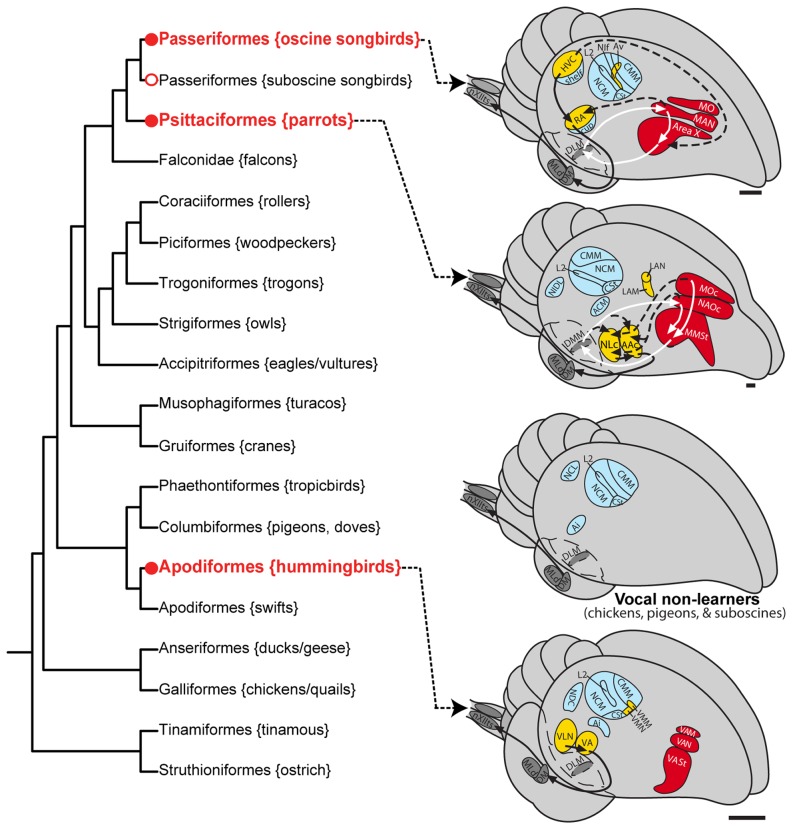Figure 1. Phylogenetic relationships and vocal pathways in avian vocal learners and vocal non-learners.
Left: Phylogeny of some of the major avian orders based on DNA sequences of 19 nuclear loci [14] leads to our suggestion of two independent gains (hummingbirds and ancestor of parrots and oscine songbirds) and then a lost in suboscine songbirds. Also see [15] for support of this view. Alternative phylogenies exist, all with vocal learners distantly related to each other [106], [107]. This phylogenetic tree should be treated as a hypothesis as it is subject to change with more DNA sequences added. The Latin name of each order is given, along with examples of common species. Circles show the minimal ancestral nodes where vocal learning could have either evolved (red) or been lost (white) independently. Right: Proposed comparable vocal and auditory brain areas among vocal learning and vocal non-learning birds. Yellow regions and black arrows, posterior vocal pathways; red regions and white arrows, anterior vocal pathways; dashed lines, connections between the two vocal pathways; blue, auditory regions. For simplification, not all connections are shown. The thalamus has broken-line boundaries to indicate that it is covered by the telencephalon in this view. Not all species have been examined for the presence or absence of song nuclei. Neuroanatomical data of representative species are from the following publications [28], [29], [69], [90], [108]. Scale bars ≈ 1 mm. Abbreviations: ACM, caudal medial arcopallium; NCL, caudal lateral nidopallium; NDC, caudal dorsal nidopallium; NIDL, dorsal lateral intermediate nidopallium. For other anatomical abbreviations, see Table 1.

